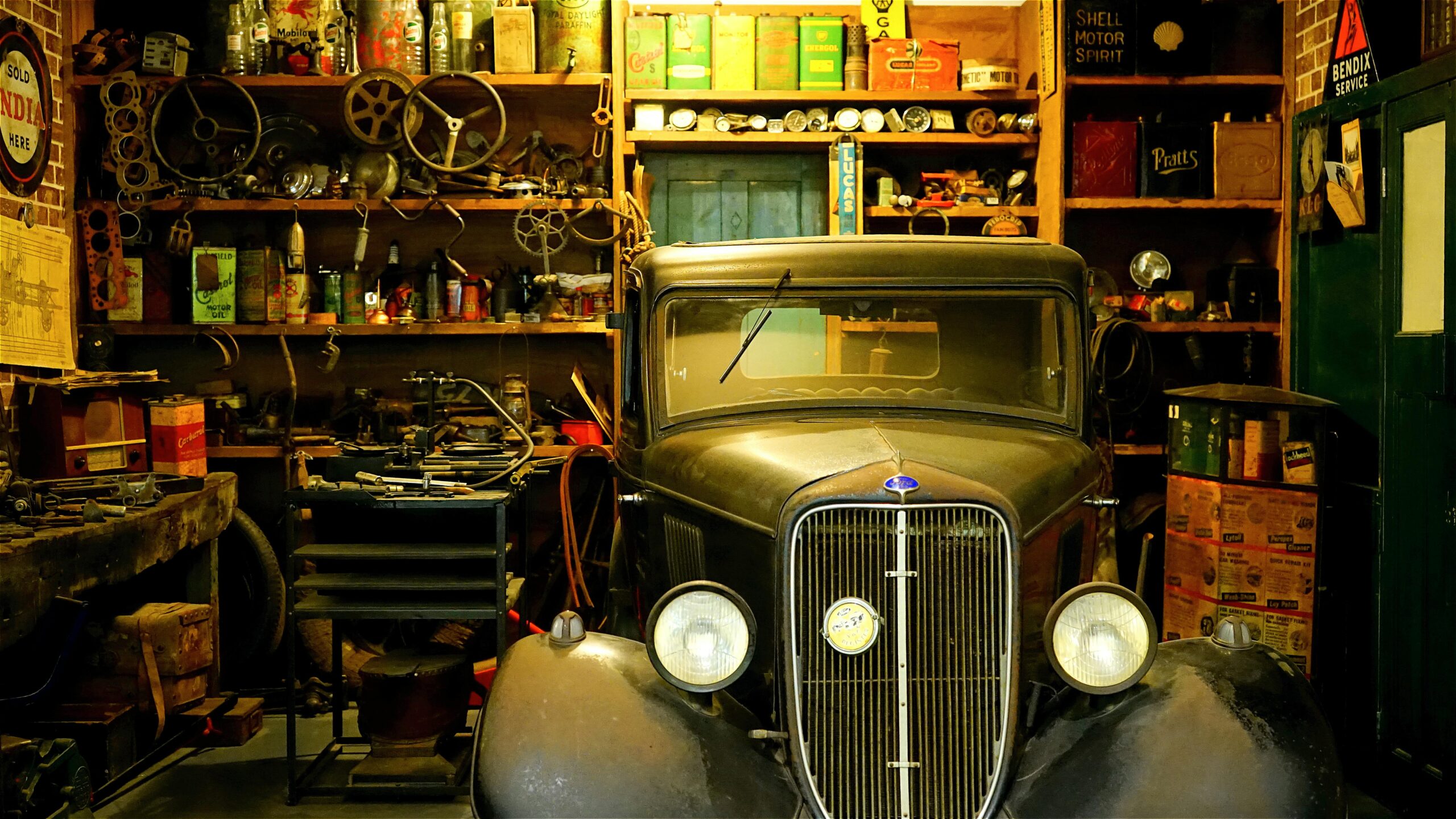Last month, during a routine garage cleanout in Montclair, Tom Richardson discovered something unexpected beneath decades of dust: a pristine set of Lionel trains from the 1950s, manufactured right here in Irvington. What he thought was headed for the junk pile sold to a collector for $3,000. Over three decades of providing professional junk removal in New Jersey, we’ve seen countless treasures rescued from the brink of disposal – and unfortunately, we’ve also seen valuable pieces lost forever.
Just as you’re about to toss that dusty box of “junk” from your garage into the dumpster, you might want to take a closer look. New Jersey’s rich history as a manufacturing hub and seaside destination has created unique pockets of valuable artifacts that sometimes hide in plain sight.
Garden State Gold: What’s Actually Valuable
New Jersey’s rich industrial and cultural history creates unique opportunities for hidden wealth. The state’s position between Philadelphia and New York, combined with its own industrial heritage, means certain items carry surprising value.
Shore Memorabilia (Pre-1960s)
Original boardwalk signs can fetch anywhere from $500 to $2,500, depending on condition and origin. Early Atlantic City postcards and photographs, especially those featuring lost landmarks or early casino scenes, often sell for hundreds. But the real prizes are original arcade games – rare pieces can exceed $20,000 at auction.
Early casino items command premium prices, particularly anything from the pre-1960s era. Even simple items like ashtrays or playing cards from the original casinos can bring hundreds of dollars from the right collector.
Industrial Heritage
Lionel Trains from the Irvington factory remain some of the most sought-after collectibles nationwide. Rare models can fetch up to $5,000, with even common pieces selling for hundreds if they’re in good condition. The factory’s closure in 1967 marked the end of an era, making these pieces particularly valuable to collectors.
Edison phonographs and early electrical equipment tell the story of New Jersey’s innovation era. These pieces range from $500 for basic models to $10,000 or more for rare or prototype items. Bell Labs technical manuals and equipment, particularly from the transistor development period, attract serious collectors from Silicon Valley.
Local Commercial History
Pre-prohibition Newark brewery items have seen a surge in value. A single preserved Ballantine beer sign recently sold for over $4,000 at auction, while early bottle collections can fetch similar prices. The brewing heritage of Newark creates strong demand for these pieces.
Early pharmaceutical memorabilia, particularly items from Merck and Johnson & Johnson’s early days, have tripled in value since 2010. Everything from old medicine bottles to advertising materials attracts collectors, with rare pieces selling for thousands.
The Mid-Century Modern Gold Rush
Throughout New Jersey’s post-war suburbs, particularly in Bergen and Essex Counties, mid-century modern furniture and decor have sparked an unprecedented treasure hunt. Pieces from 1945-1965 often fetch up to 400% more than they did just a decade ago.
Your suburban ranch or split-level might be hiding Danish teak credenzas worth $3,000-5,000, or original Eames chairs commanding $1,500-2,500 in today’s market. The key lies in authenticity – look for clean lines, organic shapes, and manufacturer stamps from companies like Herman Miller, Knoll, or Danish makers.
What’s Actually Worthless (Sorry)
Let’s be honest about what won’t make you rich. That 1980s dining room set you’ve been saving? Unfortunately, mass-produced furniture from this era rarely holds value. The same goes for most “collector edition” plates and figurines – they were produced in such quantities that they’ll never be rare.
Common misconceptions include:
- Most pressed glass (it’s everywhere in NJ homes)
- 1970s appliances (unless they’re pristine)
- Mass-produced holiday decorations
- “Antique” furniture that’s actually 1960s reproduction
- Commemorative plates of NJ landmarks
- Anything marked “limited edition” from after 1980
Regional Value Variations
What sells in Cape May might not move in Morristown. Shore collectibles command higher prices along the coast but might gather dust in Warren County. Meanwhile, farm equipment and agricultural items that wouldn’t raise an eyebrow in Beach Haven can spark bidding wars in Sussex County.
Urban areas, especially around Newark and Jersey City, see high demand for industrial and architectural pieces. Those old factory windows or art deco bathroom fixtures could be worth more than you think. The proximity to New York’s design scene means local homeowners often purchased authentic pieces that now carry significant value.
Getting Professional Assessment
Before you dispose of potentially valuable items, consider these resources:
- County historical societies often provide initial guidance
- ASA certified appraisers (24 specialists in northern NJ)
- Local antique dealer associations (35 member shops offer free consultations)
- University authentication programs at Rutgers and Seton Hall
- Professional junk removal services with appraisal partnerships
Look for these value indicators:
- Manufacturer marks (especially local NJ companies)
- Original packaging or documentation
- Quality of materials and craftsmanship
- Local historical significance
- Maker’s marks under furniture or inside drawers
The Bottom Line
Not everything old is valuable, but in New Jersey, enough treasures hide in plain sight to warrant careful evaluation. Whether you’re clearing an estate or just reclaiming your garage, taking time to assess potential value can prevent costly mistakes.
Remember Tom from Montclair? He almost disposed of those trains because one was damaged. Professional assessment revealed that even damaged pieces from complete sets hold significant value.
When in doubt, ask for help. Appraisers can help!
After all, you don’t want to be the person who threw away a piece of New Jersey history – or a small fortune – because it looked like junk.

